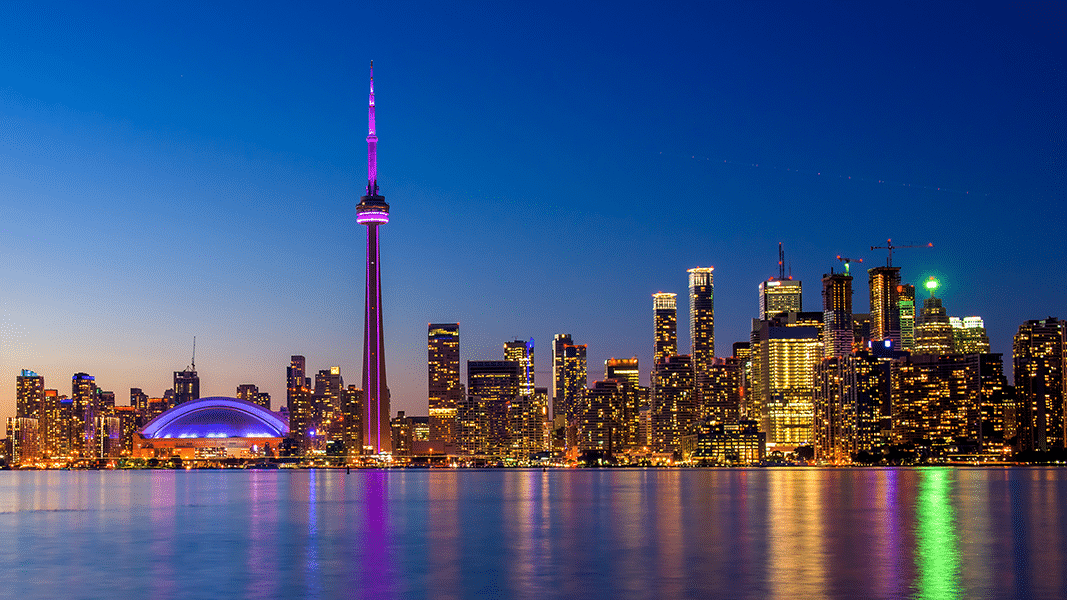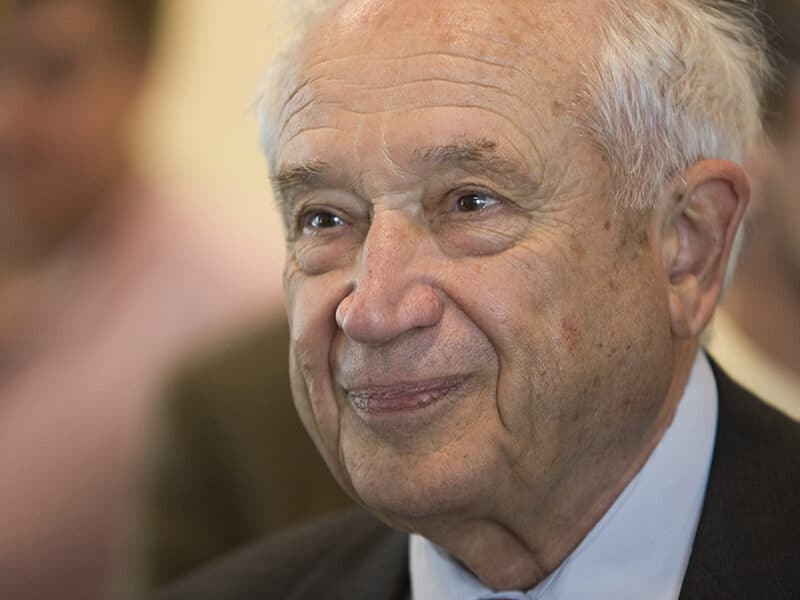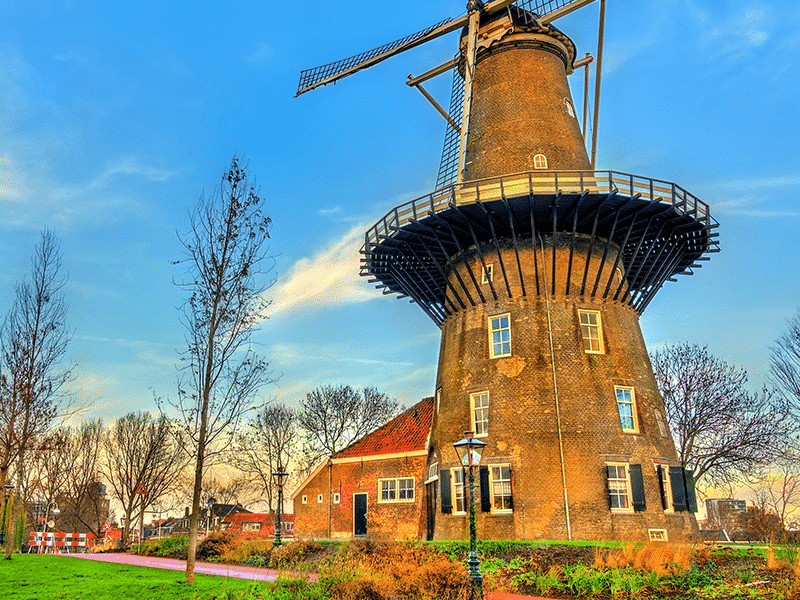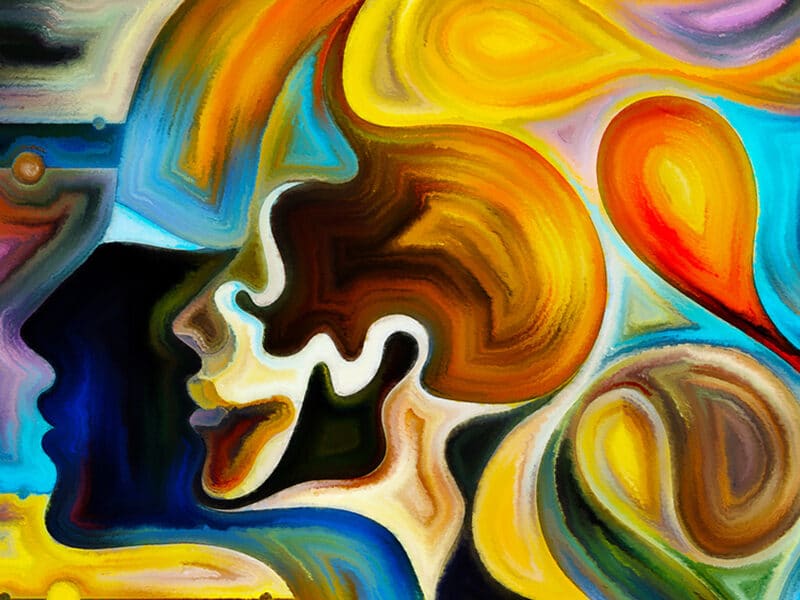I counted over 175 talks and posters at the 33rd annual gathering of the International Cannabinoid Research Society (ICRS), which convened in Toronto at the end of June. In accordance with longstanding ICRS policy, all speakers presented new findings and data that had not yet been published in a peer-reviewed journal. But this year’s 4-day ICRS conference was notable not only for its cutting-edge science. It was also the first ICRS meeting since the passing of its cofounder and guiding light Raphael Mechoulam.
Several colleagues paid homage to Mechoulam in a moving memorial session that honored his many contributions to the burgeoning field of cannabinoid science, which has grown to encompass numerous academic and clinical disciplines. The wide range of topics addressed at the conference is both a reflection of the endocannabinoid system’s ubiquitous role in health and disease and a testament to the enduring mysteries of plant medicine.
CBD & THC
Cannabidiol (CBD) figured prominently in several noteworthy oral presentations and posters that explored the therapeutic potential of plant cannabinoids from various angles. A few highlights:
CBD for breast cancer recovery. Researchers from McGill University in Montreal reported a case study of a 52-yr-old breast cancer survivor who experienced significant improvement in neuropathy symptoms and quality of life following self-administration of 300 mg/day of CBD isolate for six weeks.
CBD for post-concussion syndrome. John Patrick Neary and a team of scientists in Western Canada examined CBD’s impact on 3 female patients who suffered from post-concussion syndrome. They found that cannabidiol helped restore blood pressure dynamics and improve cardiac function in patients who consumed doses as low as 50 mg/day or as high as 400 mg/day.
CBD for psychosis. Dutch scientists from Utrecht University reported that impaired functioning of the brain’s default mode network “likely contributes to psychosis vulnerability.” They found that a CBD treatment regimen of 600 mg daily for four weeks attenuated dysfunctional default mode connectivity in a study of 31 recent-onset psychosis patients.
THC better than CBD for obesity. Israeli scientists assessed the impact of chronically administered CBD and THC on obesity and related metabolic disorders. Given the appetite-arousing qualities of cannabis (“the munchies”), it seems paradoxical that the “prevalence of obesity and metabolic diseases are lower in cannabis users compared to non-users,” the Israelis noted. Experiments on mice yielded biphasic results: 10 mg/kg of purified THC stimulated weight gain and impaired glucose-tolerance in mice, but 30 mg/kg of THC had the opposite effect, leading to a reduction in weight gain and improved glucose-tolerance. While CBD treatment enhanced glucose-tolerance regardless of weight gain, THC showed greater promise as an anti-obesity compound, according to this study. The researchers concluded that “chronic oral consumption of sufficient concentrations of THC, but not CBD, ameliorates diet-induced obesity and . . . metabolic disorders.”
CBD-rich cultivars for anxiety. University of Colorado researcher L. Cinnamon Bidwell examined the effects of three cannabis chemovars with different THC:CBD ratios. Not surprisingly, the CBD-dominant chemovar with little THC was associated with significant reductions in anxiety and tension among cannabis users as compared to the THC-dominant and the mixed THC:CBD chemovars.
Cannabis and cortisol. Washington State University researchers probed the chronic and acute effects of cannabis use on human cortisol rhythms. “Stress relief is the most cited reason for habitual cannabis use,” they noted in their assessment of how cannabis consumption impacts levels of cortisol, a stress-related hormone. “We found a significant decrease in cortisol concentrations following acute cannabis use,” they concluded. “These findings corroborate cannabis users’ self-reported experience of decreased stress following cannabis use.”
CBG and CBC. Preliminary results from a “double-blind, placebo-controlled, crossover, field trial” underscored the anxiolytic, stress-relieving, and memory-enhancing potential of cannabigerol (CBG), which produced greater reductions in anxiety than placebo. Cannabicromene (CBC), another minor phytocannabinoid, was reported to exert effects through various pathways, including the CB2 cannabinoid receptor, ion channels TRPA1 and TRPA4, and the nuclear receptor PPAR-gamma.
Pain, Opioids & Addiction
Pain, opioids, and addiction comprised a major area of focus at ICRS 2023. Much of this research involved animal models and other preclinical experiments that shed light on the subtleties and inner workings of the endocannabinoid system. Medical scientists, for example, at Mount Sinai’s Department of Psychiatry and Neuroscience probed the neurobiological underpinnings of CBD’s ability to attenuate opioid relapse. Building on their previous work, which showed that CBD lessens cue-induced heroin-seeking in an animal model of relapse, the Mount Sinai lab identified “discrete biological pathways impacted by heroin” in the nucleus accumbens (NAc), the brain region that regulates motivation and reward: “Bioinformatic analysis revealed that CBD reversed a number of metabolic and cell signaling pathway alterations induced by heroin particularly in the NAc shell.”
Neuroscientists at Indiana University explored how allosteric modulation of the CB1 cannabinoid receptor affected opioid self-administration and relapse. Allosteric modulators can either enhance or weaken how a receptor signals. A negative allosteric modulator (NAM) — a synthetic research compound identified as GAT358 — reduced the reinforcing properties of morphine by altering the shape of the CB1 receptor and weakening its signal. This approach might “represent a viable therapeutic route to decrease opioid addictive behaviors and relapse,” the scientists surmised. The same lab reported that GAT358 suppressed “opioid-mediated unwanted side effects including tolerance and withdrawal” but did not block opioid analgesia.
CBD, it should be noted, also acts as a negative allosteric modulator at the CB1 receptor, meaning that CBD doesn’t cause the CB1 receptor to signal (like THC does) but CBD influences how it signals. If the CB1 receptor is like a dimmer switch, then CBD turns it down a notch. It’s also possible for a positive allosteric modulator (PAM) to turn the dimmer switch up a notch and amplify CB1 signaling.
The Indiana University group led by Andrea G. Hohmann studied PAMs as well as NAMs, fine-tuning CB1 receptor signaling in both directions. They found that strengthening CB1 signaling via positive allosteric modulation “could suppress neuropathic pain without producing unwanted CNS side effects or tolerance.” Tweaking the CB1 receptor in such a manner avoided potential problems (intoxication, impairment) associated with direct activation of CB1 by THC or various synthetic cannabinoids. Mohammed Mustafa of Virginia Commonwealth University reported that positive allosteric modulation of the CB1 receptor also reduced somatic withdrawal signs of nicotine-dependent mice.
On the Shoulders of Giants
2023 saw the passing of two research pioneers who were giants in the field of cannabinoid science. Mary E. Abood, PhD, conducted groundbreaking studies on the structure and function of cannabinoid receptors. She also identified other receptor subtypes that bind to cannabinoids. A leading figure in the ICRS since its founding in the early 1990s, Abood was known for mentoring young women scientists. After her death on Feb. 19, 2023, the ICRS announced the creation of the “Mary E. Abood ICRS Women in Cannabinoid Research Fund” to support women trainees and investigators.
Mechoulam, 92, passed away three weeks after Abood died. For all his stunning achievements as a chemist, perhaps his greatest contribution was how he nurtured a robust noncompetitive spirit, an ethos of cooperation and collegiality that persists among scientists involved in cannabinoid research. This was evident at the dinner and awards ceremony at the end of conference — an ICRS tradition — as young scientists were acknowledged for their research accomplishments and recently elected ICRS officers were introduced. When ICRS president-elect Ziva Cooper, the director of UCLA’s Center for Cannabis and Cannabinoids, greeted the group, it felt like a generational hand-off had occurred, a passing-of-the-baton from the old guard to younger scientists who stand on the shoulders of giants.
Martin A. Lee is the director of Project CBD. He’s authored and edited several books, including Smoke Signals, Acid Dreams, and The Essential Guide to CBD. © Copyright, Project CBD. May not be reprinted without permission.
Recommended Readings
Mechoulam on the Future of Cannabinoid Research
Raphael Mechoulam, the father of cannabis science, emphasized three key research areas to prioritize.
ICRS 2018: CBD Shines in Leiden (Part 1)
New scientific findings highlight the 28th annual meeting of the International Cannabinoid Research Society.
ICRS 2017: Report from Montreal
New research on CBD’s potential for cancer, epilepsy, Alzheimer’s, high blood pressure, and other disorders.
Is CBD Really Non-Psychoactive?
Data shows that CBD interacts directly with the CB1 receptor and modulates THC’s psychoactivity.





